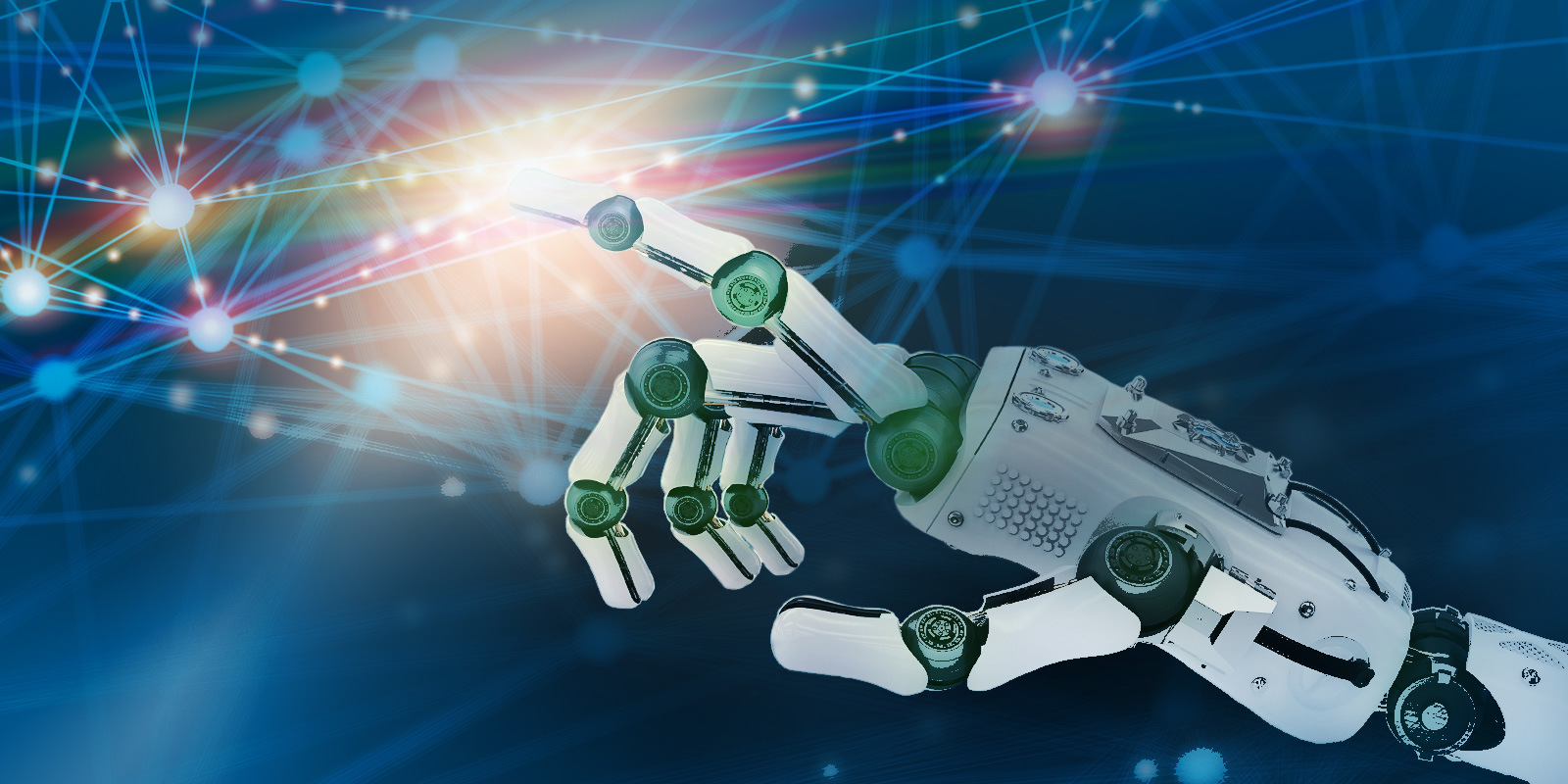
Protecting Artificial Intelligence and Big Data Innovations Through Patents: Subject Matter Eligibility
In Short
The Situation: Artificial intelligence ("AI") and big data ("BD") innovations are a driving force of the current technological revolution, dramatically changing the way we search for information, communicate, operate devices, manufacture things, and solve problems. Companies have traditionally turned to patents as the strongest mechanism to protect their innovation and secure investment.
The Issue: The U.S. Supreme Court's decision in Alice and subsequent decisions by the Federal Circuit have cast doubt on whether granted patents and new patent applications for AI- and BD-related innovations can satisfy the still-evolving Alice test for patent eligibility. These shifts have dramatically reduced the value of many issued patents in related fields and have changed how patent applications are drafted and prosecuted.
Looking Ahead: The uncertainty injected by Alice will eventually diminish through evolving court decisions and perhaps new legislation. In the meantime, however, AI and BD innovation can still be protected with patents, although patents are not necessarily the only, or the best, protection in a given instance.
Companies are increasingly investing in AI innovations to reduce costs and increase accuracy for tasks and analyses that might otherwise require human intelligence and judgment. These AI innovations are becoming particularly important as computers, sensors, and other devices generate massive amounts of data (i.e., big data) that needs to be characterized for or otherwise consumed by various software applications and computing devices.
A byproduct of the increased investment in AI has been a significant uptick in the number of worldwide patent filings directed to AI and BD. A previous Commentary presented an overview of trade secret and copyright protections for AI in relation to patent protection. Here we offer some additional considerations for obtaining patent protection on such innovations relating to subject matter eligibility.
Subject Matter Eligibility
One of the bigger challenges facing the patenting of AI and machine-learning inventions is subject matter eligibility under 35. U.S.C. § 101, in particular as applied in Alice and its progeny. Recall the Alice two-part test:
- Are the claims at issue directed to a patent-ineligible concept, i.e., law of nature, natural phenomena, or abstract idea?
- If so, do the claims contain additional element(s) sufficient to ensure that the claims amount to significantly more than the ineligible concept itself?
The latter prong is often phrased as inquiring whether claims contain an "inventive concept."
While the case law since Alice has provided incremental guidance, fundamental uncertainties with this test still remain. There is no clear test on what constitutes an "abstract idea" and no clear test on when additional claim elements constitute "significantly more" than an abstract idea.
Nevertheless, the Federal Circuit has provided some guidance in cases such as Enfish, McRO, DDR Holdings, Bascom, Amdocs, Trading Technologies International, and others, for navigating the abstract-idea rabbit hole of Alice for computer-implemented inventions. For example, the Federal Circuit has clarified that in the step-1 inquiry, it must be determined whether the claim as a whole is directed to an abstract idea. This guidance is helpful because the USPTO had been, in instances, applying step 1 to inquire merely whether a claim recited an abstract idea (which, at some level of paraphrasing and generalization, can be found in almost any claim). This clarification helps patent applicants argue that a claim as a whole is not directed to an abstract idea (step 1) at all, potentially avoiding step 2 scrutiny altogether. The Court has also indicated that claimed inventions that represent technological solutions to technological problems, and claimed inventions that are rooted computer technology, may have a good basis for being patent eligible. The Court has also indicated that claimed inventions reciting features that improve the functioning of a computer, e.g., by increasing speed, reducing bandwidth requirements, reducing storage requirements, and claims that recite graphical-user-interface ("GUI") features with associated functionality, may be well positioned for patent eligibility.
Of course, taking advantage of Court’s guidance requires execution in claim drafting. Claims in AI and BD-related technologies generally are evaluated by the USPTO or courts without giving much, if any, weight to mere recitation of the processing system and memory of a general purpose computer and mere recitation of garden variety post-solution activity such as storing, displaying or printing results. Rather, the focus is on what else the claims recite. Claims that otherwise recite features or steps using too much breadth or non-technical language can fail subject matter eligibility by reading on mental acts that could be carried out wholly in one’s head or on paper-and-pencil type calculations, both of which may be considered by the USPTO and courts as nothing more than abstract ideas. Taking the guidance as whole, there are strategies that can be applied in drafting claims and specifications to best position the claims for subject matter eligibility, which must be balanced, of course, against the desired breadth of claim scope. For example:
- Consider describing in the specification how the claimed invention presents a technological solution to a technological problem (i.e., how the invention arises in a technological context);
- Consider describing in the specification how the invention improves the existing technology by describing flaws in the conventional technology and potential benefits of the invention, and by explaining how the key limitations of the claimed invention are absent in prior art or improve over those in the prior art;
- Consider using technical terminology in the claims (e.g., data signal, data structure, self-referential table, database, communication interface, network protocol, encoding, demodulating, etc.) so that there is enough technical substance in the claim to help avoid having the claim read on mental steps (even if the computer processor recited in the claim is ignored);
- Consider reciting in claims, where applicable, interactions with hardware even if certain hardware is not recited as a positive limitation of the claim, (e.g., "receiving and processing a data signal from a transceiver…");
- Consider reciting in claims, where applicable, how data or signals may be transformed into a new state (the latter two points reflect leveraging the "machine or transformation test," which is not itself the test for subject matter eligibility but may be viewed by courts or the USPTO as informative about subject matter eligibility);
- Understand that garden-variety, post-solution activities recited in a claim, such as displaying, printing, or storing a result, may be given little or no weight in patent eligibility evaluation;
- Consider reciting in claims GUI features and associated interactive functionality if applicable;
- Consider reciting in claims limitations that may be particularly indicative of AI or machine learning, such as an iteration process to improve a calculated result, training and updating (optimizing) a computer model based on ongoing data gathering and analysis, more efficient techniques for extracting variables, more efficient techniques for training models, etc.;
- Consider clearly reciting in claims express manipulation and control of functional aspects and hardware components/equipment of real-world processes and systems using output of AI models (e.g., manufacturing processes and equipment, medical treatments, communications processes and systems, logistics systems and hardware, interactive smart phone apps, etc.).
Conclusion
AI and BD inventions can be effectively and concurrently protected via patents, trade secrets, and copyrights, as well as by means of contractual arrangements. Notwithstanding such variety of protection mechanisms, patents remain an essential part of an overall IP strategy for innovation-oriented companies. Given uncertainties over patent eligibility and validity, careful attention must be heeded to optimally capture the value of AI and BD innovations for both defensive and offensive purposes.
Three Key Takeaways
- Emphasize in application drafting that the claimed invention provides a technical solution to a technological problem.
- Use sufficient technical terminology including interaction with other hardware devices where applicable, in an effort to avoid having the invention interpreted as merely executing on a general purpose computer what might otherwise be considered merely mental steps or conventional ways of organizing human activities.
- Cover in the claims technical innovations relating to training and generation of models, extraction of data, types of utilized models, machine learning for updating and optimizing, and how the outputs of such models are used or otherwise consumed for real-world impact on other systems or in decision making.
Lawyer Contacts
For further information, please contact your principal Firm representative or one of the lawyers listed below. General email messages may be sent using our "Contact Us" form, which can be found at www.jonesday.com/contactus/.
Douglas H. Pearson
Washington
+1.202.879.3825
dhpearson@jonesday.com
Ognian V. Shentov
New York
+1.212.326.3650
ovshentov@jonesday.com
Carl A. Kukkonen
San Diego / Silicon Valley
+1.858.314.1178 / +1.650.687.4178
ckukkonen@jonesday.com
Andrea Weiss Jeffries
Los Angeles
+1.213.243.2176
ajeffries@jonesday.com
Patrick T. Michael
San Francisco / Silicon Valley
+1.415.875.5893 / +1.650.739.3944
pmichael@jonesday.com
Jones Day publications should not be construed as legal advice on any specific facts or circumstances. The contents are intended for general information purposes only and may not be quoted or referred to in any other publication or proceeding without the prior written consent of the Firm, to be given or withheld at our discretion. To request reprint permission for any of our publications, please use our "Contact Us" form, which can be found on our website at www.jonesday.com. The mailing of this publication is not intended to create, and receipt of it does not constitute, an attorney-client relationship. The views set forth herein are the personal views of the authors and do not necessarily reflect those of the Firm.



